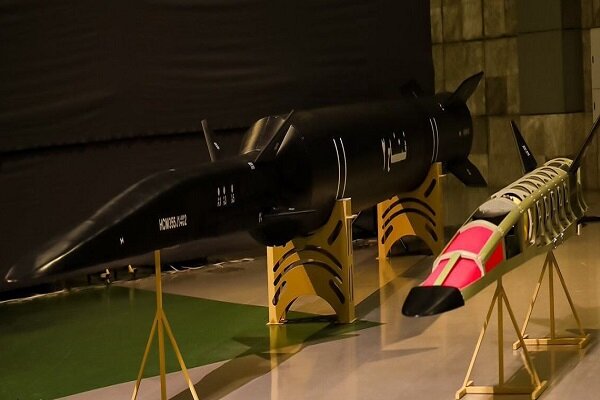Saudi Arabia Seeks Hypersonic Missile Technology to Compete with Iran?
Saudi Arabia has reportedly intensified efforts to acquire hypersonic missile technology to compete with its regional rival, Iran and reportedly, has initiated discussions with Russia to obtain this advanced missile technology.


(DEFENCE SECURITY ASIA) — Saudi Arabia and its defense industry are reported to have intensified efforts to acquire hypersonic missile technology in order to compete with its primary regional rival, Iran, which already possesses hypersonic missiles.
According to regional defense publication, Riyadh has initiated discussions with Russia to obtain this advanced missile technology.
Saudi Arabia Defense Minister Prince Khaled bin Salman AbdulAziz was quoted as saying that the oil-rich country is exploring various options for its hypersonic missile development project, including collaboration with Moscow.
Crown Prince Mohamd bin Salman also shares the aspiration to secure this technology, expressing a desire to expand defense cooperation with Russia.
However, Riyadh has alternative options should its plans to collaborate with Russia on hypersonic missile technology not materialize, including partnerships with other countries.

To date, only the United States, Russia, North Korea, and China are known to have the capability to develop hypersonic missiles.
Saudi Arabia is perceived as lagging behind Iran in the development of hypersonic missiles.
Last year, Iran became the first country in the Middle East to introduce hypersonic missiles, named “Fattah-1” and “Fattah-2.”
Although introduced last year, Iran notably refrained from using these missiles in its recent attacks on Israel, opting instead for older guided missiles that do not utilize hypersonic technology.
In June of last year, Iran unveiled its first hypersonic missile, “Fattah-1,” capable of reaching speeds of Mach 15.
Iranian authorities claim it cannot be intercepted by any air defense system due to its high velocity.

Regional military observers have noted that the development of the “Fattah-1” missile increases concerns in the United States and Israel regarding Tehran’s missile capabilities.
According to state media, “Fattah-1” can travel at speeds exceeding Mach 15, equivalent to over 5,000 meters per second, and no advanced U.S. or Israeli air defense system can intercept it.
After “Fattah-1,” in November last year, Iranian authorities unveiled the latest variant of its hypersonic missile, “Fattah II,” claimed to be capable of speeds between Mach 15 and Mach 20, surpassing all anti-ballistic missile defense systems of the U.S. and Israel.
The latest “Fattah II” missile is equipped with a Hypersonic Glide Vehicle (HGV), ensuring it achieves maximum speeds and can strike targets over 1,400 km away.
Iran first disclosed its hypersonic missile capability last June, claiming it could target Israel within six to seven minutes.
The “Fattah II” variant, with its HGV capability, allows for even shorter attack durations due to the missile’s minimal Radar Cross Section (RCS).

Since 2022, Iran’s Revolutionary Guard Corps has stated that it is developing hypersonic missiles, representing a “generational leap” in the country’s missile technology.
The introduction of hypersonic missiles, “Fattah-1” and “Fattah-2,” followed the launch of Iran’s fourth-generation ballistic missile, “Kheibar,” in May last year, which drew criticism and condemnation from Western nations, particularly the U.S. and its key ally, Israel.
The “Kheibar” missile is capable of hitting targets up to 2,000 km away and can carry a conventional warhead weighing up to 1,500 kilograms.– DSA


Comments are closed.